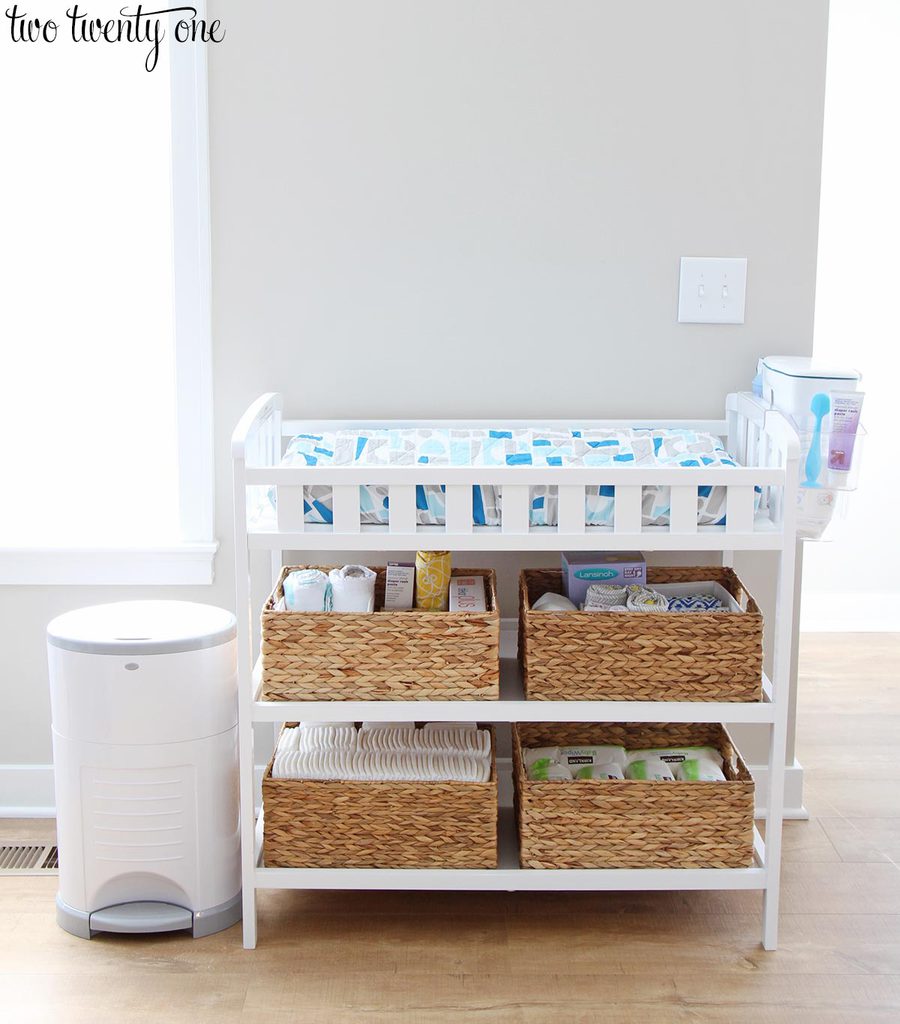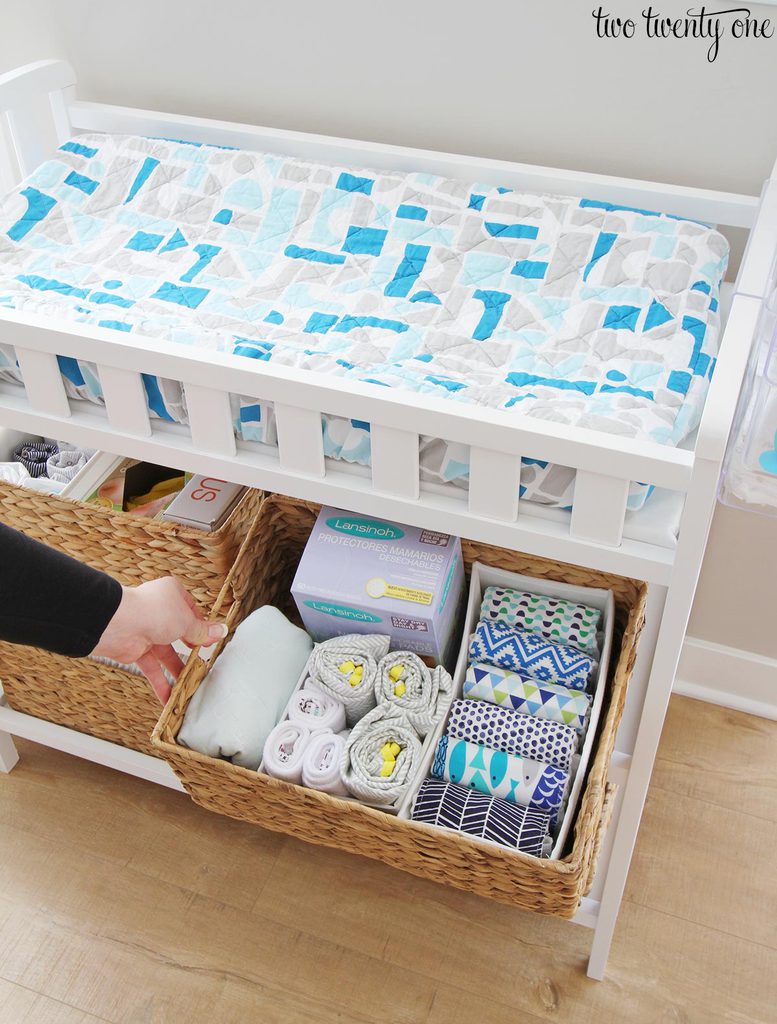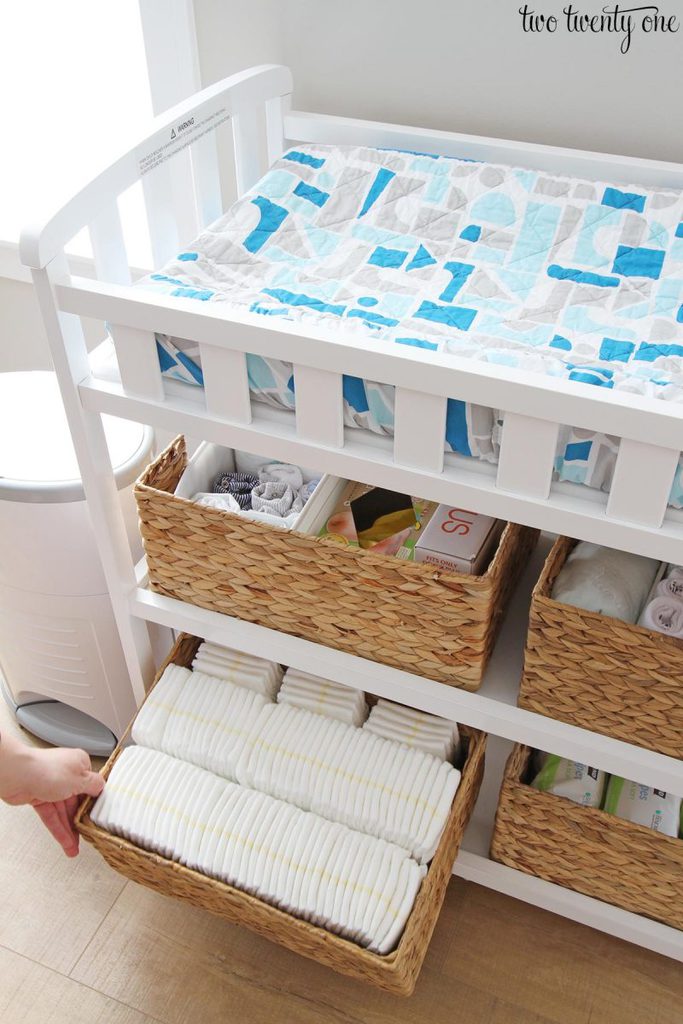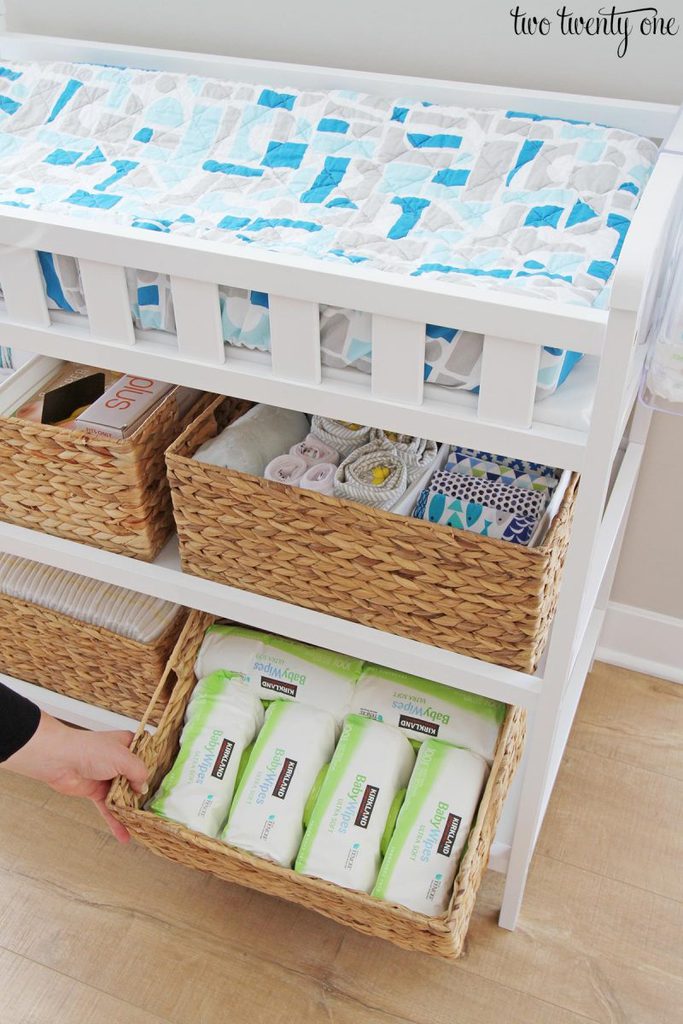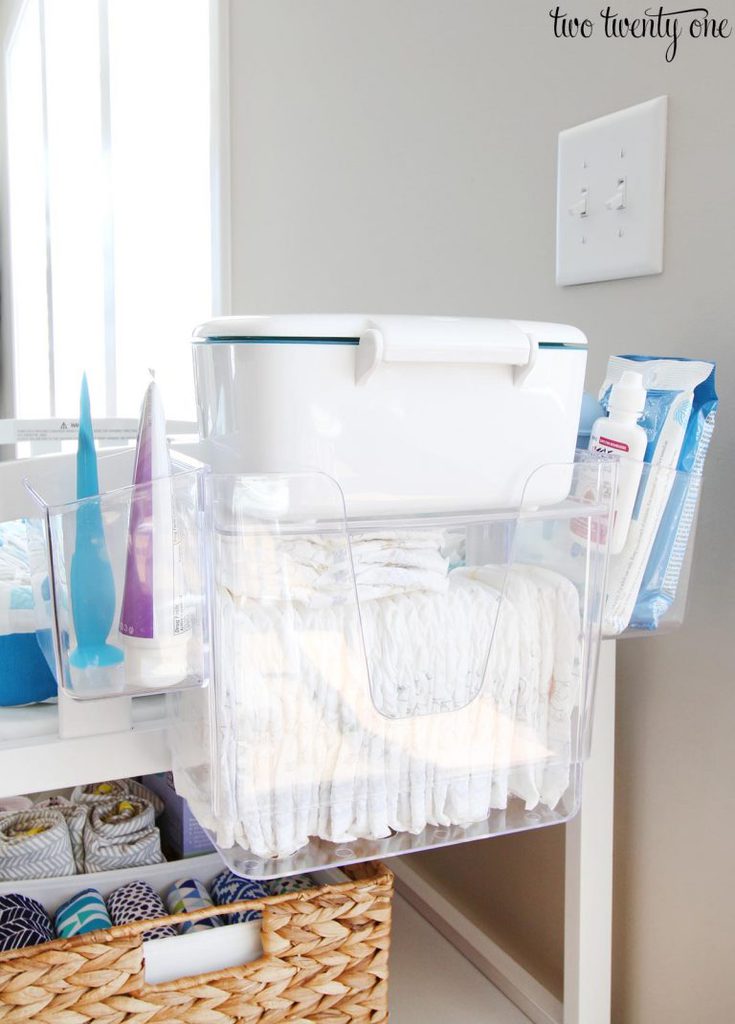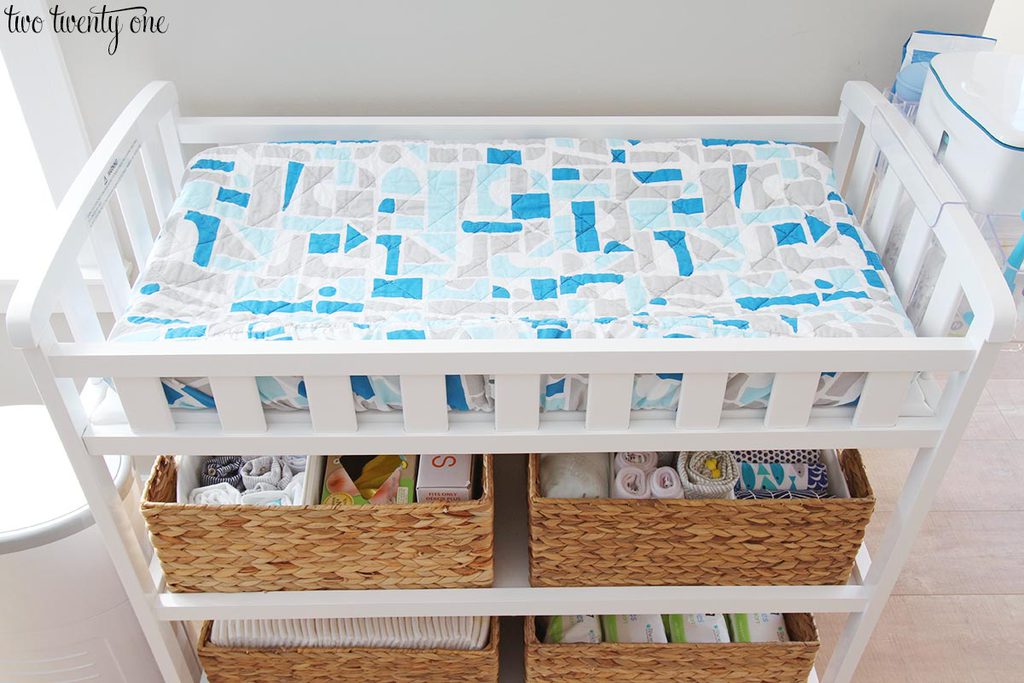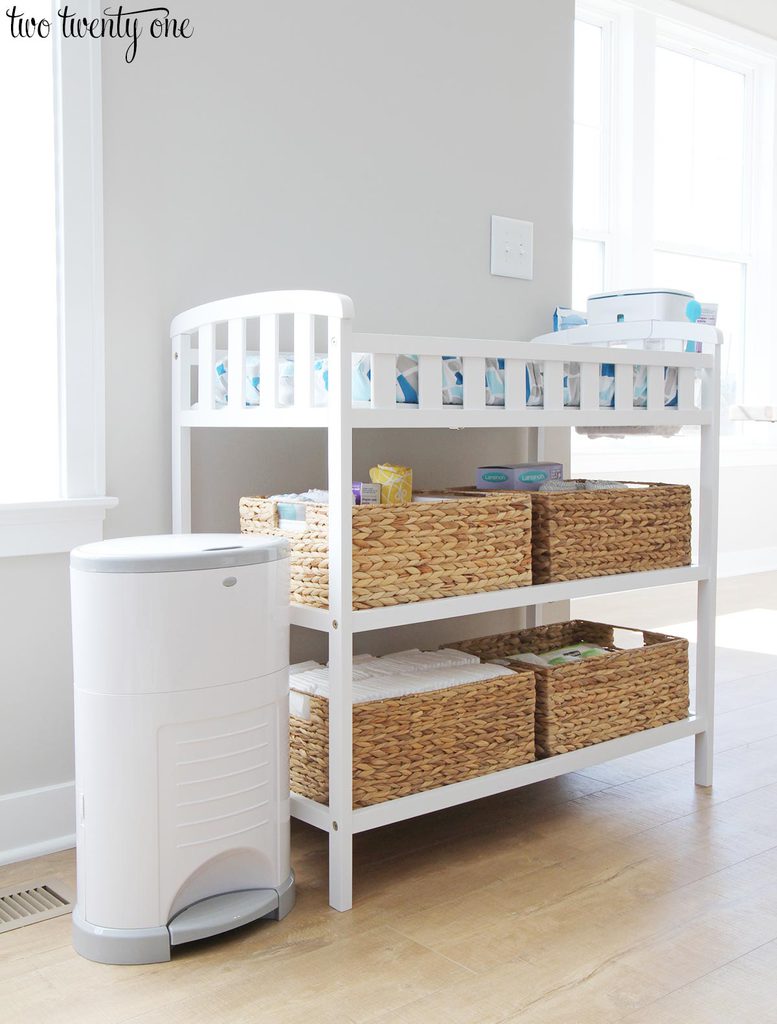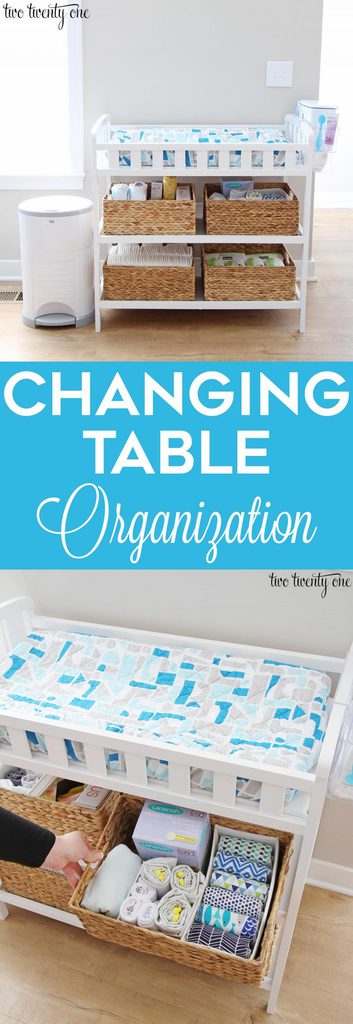The first year living on our off grid property we didn’t plan on having a garden because we simply had too many other more important projects. That said, because we do want a garden in the near future, we figured that we should start composting now! In this post we want to go over composting 101 which is how to start a compost pile… you know, the simple way!
Choosing a Compost Bin
Creating a Compost Pile
Compost Pile Maintenance
Finished Compost
Taking it Further with Worm Composting
Kitchen Compost Bins
Recommended Reading on Compost
Tips & Tricks on Getting FREE Compost Materials
Starting a compost pile is so simple yet for me, it was a little intimidating because there is simply too much information on the subject! In the end, I decided to not even try to aim for perfection but to simply get started, and I’m happy I did.
Six months later, and we already have a lovely heap of compost, although small, and this fall we spent some time gathering even more organic matter for our pile. As with anything, it seems to get easier and more obvious over time, which I’m extremely happy to report.
Here are the basics of what our composting experience looks like so far.
Decide on a Compost Bin
In all honesty, Mother Nature doesn’t use any type of compost bin… organic matter simply falls on the ground to deteriorate, and it all works out!
That said, we chose to have some sort of bin to keep things feeling contained, and also to be able to build the pile up fairly deep.
We chose to go with a diy compost bin out of reclaimed pallets. This was extremely low-tech… it doesn’t even have a fourth side! This is because we wanted to be able to get in to turn the pile on occasion. So far, this approach is working for us.
There are a number of compost bin plans out there, but if you want to buy one, many like to go the route of the tumbling compost bin. In all honesty, this type of bin is probably a bit small for our property since we want to compost in large quantities, but it’d be perfect for the urban homesteader that really wants to keep things tidy and doesn’t predict having a ton of yard waste!
How to Start a Compost Pile – Add Organic Material
This is the hard part… you ready? All you need to do is add material to the compost pile! In a nutshell, you need to add carbon and nitrogen in somewhat equal amounts or in other words, “brown” stuff and “green” stuff.
Add Carbon
Carbon is stuff that’s typically dry, which is why it’s referred to as brown material. This may be the easiest material to come by in bulk, especially if have property or live in a rural area.
Brown stuff includes dead leaves, paper, cardboard, straw, hay, pine needles and even sawdust. If you don’t have this on your own property, it should be fairly easy to come by. Leaves are easy to collect in fall, if you’re lucky you can pick up as many bags as you can handle curbside, and people are trying to get rid of things like rotting hay or straw all of the time. Pick it up!
Many of these things can also make a great garden mulch.
Add Nitrogen
Nitrogen is stuff that’s moist for the most part, which is why it’s referred to as green material. This seems to be harder for us to come by, but it may be different for you.
Green stuff includes lawn clippings (try to get these pesticide and herbicide free if you can), food waste, coffee grounds, plant trimmings and even manure. Manure if a great way to get a pile hot but it’s not something we’ve experimented with yet.
In the end, don’t stress too much! Just add what you have! If the pile seems too dry then add some green stuff. If the pile seems too wet and it starting to get slimy or smelly, try to find some brown stuff to add. Easy peasy.
Compost Pile Maintenance
Maintaining a compost pile is ridiculously easy. In fact, you really don’t need to do much to it at all as all things decompose with time, but there are a few things you can do if you want to speed up the composting process.
Keep the Pile Moist
If you want your composting process to happen as quickly as possible, it would be wise to keep the pile moist. If you live in an area with rain, you might be set!
For us, because we’re off grid and have limited access to water, we didn’t do a very good job keeping our pile moist. We did try to dump our sink water on the pile when we remembered or weren’t feeling lazy which helped, but some suggest giving the pile a good hose down on occasion to keep it moist.
Rotate or Churn the Pile
A compost pile does need oxygen to compost and churning the pile every once in a while will stir things up and add in oxygen to the mix.
We chose to turn ours over with a shovel once a month or so but you can do it as frequently as every couple of weeks.
A popular method is to take a compost aerator and stick it deep into the pile to do the churning for you. Some swear by this and claim that it’s a lot less work than going through the entire pile with a shovel… but we have yet to try it.
The other option is to buy a compost tumbler where you can turn the pile by simply turning a handle. Again, this is a great option for someone who only wants to compost on a small scale or is in an urban setting!
Keep the Pile Hot
Have you ever driven by a field with a heap of cow manure in it on a cold day and seen the pile steaming? This is because the microbial activity in the decomposition process puts off a lot of heat… and manure especially can really heat up a compost pile!
One way to build heat in a compost pile is to make the pile big enough. A cubic yard is a good size to aim for. Ours was tiny this year so every time I’d stick my hand in the middle of it, it felt cool, but like I said, we still had finished compost in six months.
If you’re curious as to what the temperature is in your compost pile, you can try using a compost thermometer. We don’t feel the need for one yet, but you may want one if you’re uber scientifically-curious!
When is the compost finished?
The compost is finished when it looks a lot like dirt. Our small pile took about six months to fully compost and that was with taking poor care of the pile.
At that time, it’s best to add it to your garden soil.
For us, the garden isn’t ready yet, so I read that it can be good to tarp it or even store it in a garbage can as excess water can wash away some of the nutrients. I may do this before winter sets in.
Taking it Further With Worm Composting
Another way to compost, or a way to simply enhance your exist compost, is to use worms. Here is a worm composting kit that can be good to start with… you only need to add worms to get going!
When we were buying our water tank from a guy off Craigslist, we discovered that he had a large worm composting farm and he offered up a bucket of red wigglers to us! Of course, we said yes!
We keep these in a double bucket system… one bucket (holes in the bottom) with worms and organic matter in it and another bin to catch any moisture or liquid from the worm bin. This is also known as “worm tea“. This tea is great to pour into the garden. Worm poo, also known as worm castings, are also a great organic addition to the soil.
The guy that gave us the worms told us that red wigglers double their population in 90 days. At this point, we should have A LOT more worms than we started with, but it’s hard to tell for sure as the bucket seems to be filling up with castings very slowly.
Putting the worms into the compost can help speed up the composting process – that’s what my sister does in Southern California! I would think that tossing them on a dry pile though may not be their favorite thing, so I’d personally wait until the pile is decomposing and is somewhat dirt-like.
Having a Kitchen Compost Bin
Another thing you can do to help grow your pile is to have a small kitchen compost bin on your counter. This isn’t where you want the composting to take place, but you do want a non-smelly way to toss your fruit and veggie scraps until you’re ready to take them to the compost pile.
Kitchen compost bins have an air tight lid and carbon filters to control odor. We don’t have one of these because we don’t have a single inch of counter space (or even cupboard space) in our travel trailer… but we’ll be getting one for the house! Right now, I actually throw a decent amount of food scraps away because it’s time consuming to go out to the compost pile with tiny batches.
Composting 101: Recommended Reading
There is A LOT more to know about composting if you want to further your education. We feel that we’ve learned enough to get started but we do plan on investing in our education further when the time comes. We’re on the wait list for the Master Garderners program which is a place to start, but having books on the subject would be nice as well.
Let It Rot! The Gardener’s Guide to Composting
The Complete Compost Gardening Guide
This book is similar to the one above but goes into even more depth and covers a wider variety of topics. It also has lots of beautiful photos and is well-designed overall. In this book you can also find information on vermicomoposting, or using worms for compost.
Building Soil: A Down-To-Earth Approach
This book is great for learning how to strengthen soil and build the foundation for a thriving garden overall… composting is just one component of good soil!
The Suburban Micro-Farm
This book covers not only various easy-to-understand composting methods but also is a great general gardening book for beginners.
Tips & Tricks of How to Get Free Compost Materials
If you’re like us, even if you have property, you don’t have an abundant amount of compost-able material. We have five acres and what to compost isn’t obvious!
That said, we’ve scored some ways to get free compost materials with a little ingenuity… we’re happy to share what those are!
Wrapping It Up
And that’s all there is to it… for us at least! Again, I’m sure there are ways to improve on your compost pile with time but it doesn’t have to be complicated to get started. We’re happy we stopped stressing and took action – and we are rewarded already with a rich, beautiful compost pile.
Get Involved!
What is your experience with composting? Do you find that you learn a lot overtime or do you realize overtime that it really is straightforward and simple? What tips and tricks do you have that you can share on composting? As always, we love to hear your feedback!
Did you enjoy this post? If so, help us produce more of them! We put a lot of work into bringing you the best content possible. Learn how you can support our blog here, without spending a dime!
Original article and pictures take http://purelivingforlife.com/composting-101/ site
